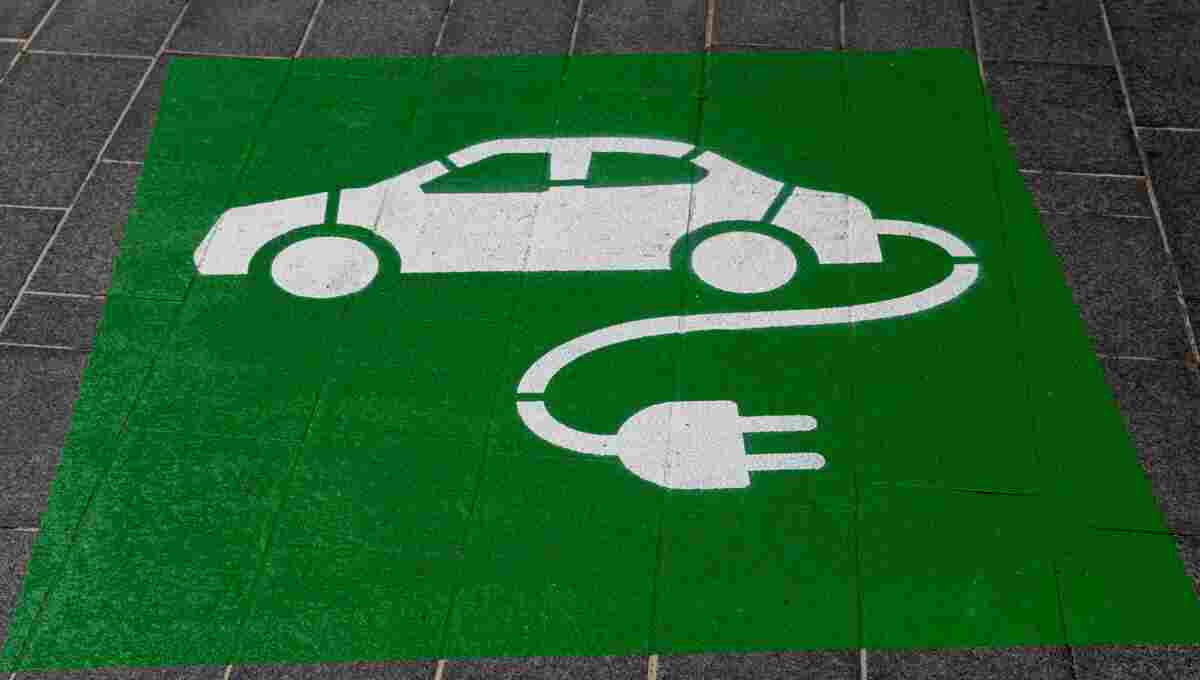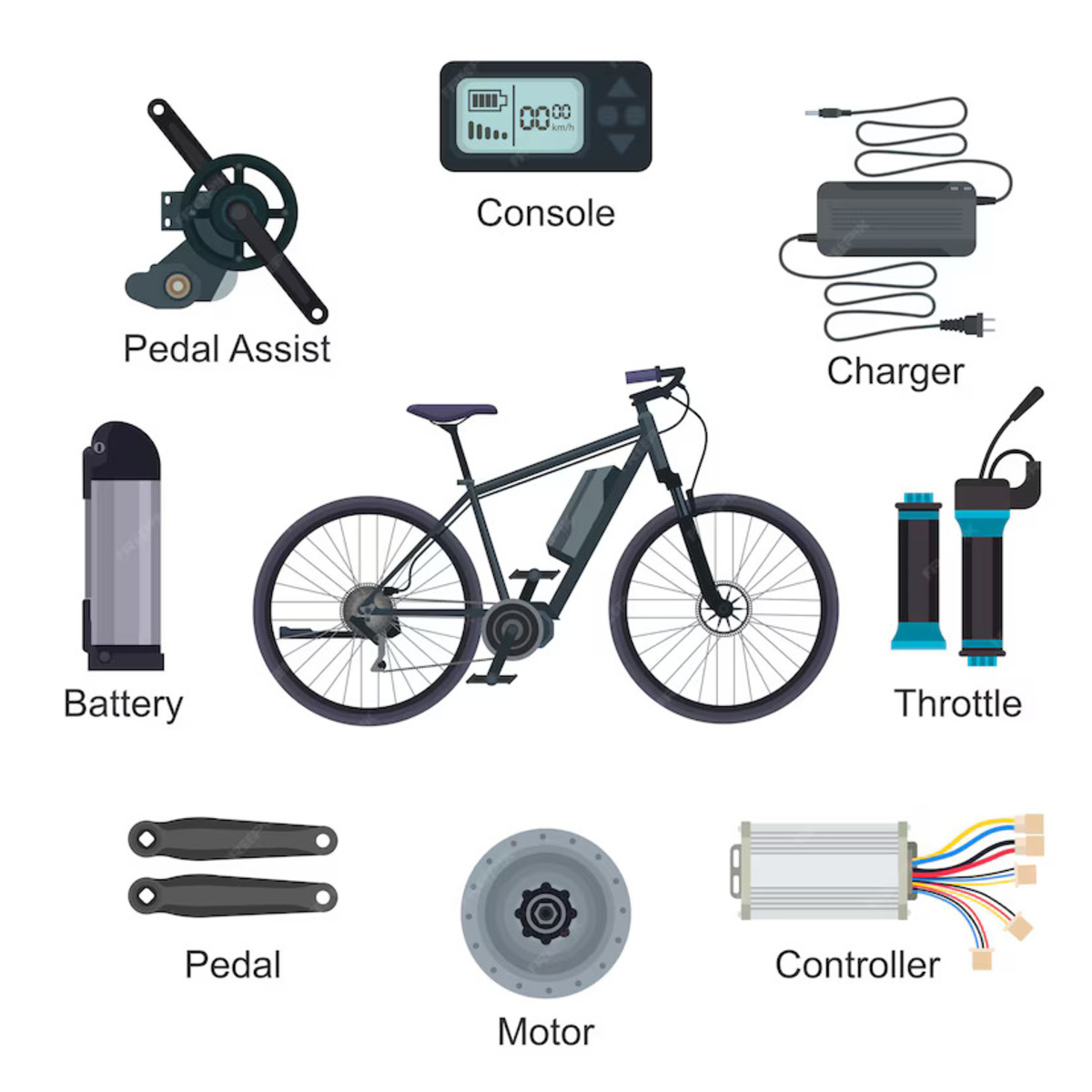Introduction
Electric vehicles (EVs) have undergone unprecedented growth in recent years, revolutionizing the automotive industry and changing the way we perceive transportation. The whole world continues to wrestle with environmental challenges which mainly occurs due to burning of fuel, global warming, greenhouse effect, etc.
The invention of electric vehicles brings hope for a liveable future. Charging an electric vehicle is easy and convenient. It is like charging the mobile phone, plug the cord of the charging station into the vehicle. As charging station will grow it will be easier to charge EV everywhere. In this article, we explore the key trends and developments of electric vehicles that demonstrate a better insight of the EV market.
Developments in Battery Technology
The crucial factor to drive the future of electric vehicles is the speedy developments of battery technology at large. Battery is the powerful energy box that helps the vehicle go long way without breaking a sweat.
The primary challenge with electric vehicles is their limited range and the high charging time. However, continuing research and development have resulted in noteworthy improvements. It makes EVs more practical and appealing to the mass audience. In upcoming days, the batteries will charge faster, and we may not be lined up in queue wating for our turn to recharge them.
Ubiquitous Charging Infrastructure
Battery is the heart of the electric vehicle, and it needs to be always active so that the electric vehicle run continuously. To make the batteries actively working we need charging stations. The wide expansion of the electric vehicles charging stations play pivotal role in the adoption of electric vehicles. Governments, large and small businesses, and private companies are taking the plunge in the electric automotive industry and investing heavily in setting up the charging stations.
In India, Government has given the big boost to electric vehicles and provided the contracts to oil companies to set up the charging stations across the country.
Eco friendly environment
Nearly all nations come forward to embrace the electric technology as it produces zero carbon emissions, zero tailpipe emissions and soundproof. It benefits the entire world. This technology helps the environment greatly with no carbon produce. It also assists in improving the air quality.
Recall the scenario when in the foggy season of winter, it is difficult to breathe which is surrounded by the worse air quality. The air is contaminated by the huge smoke and pollution exude by the petrol and diesel vehicles. Electric vehicles are blessing in disguise making the environment neat and clean.
EVs are not accompanied with an engine under the hood so as it does not make any sound adding another benefit of embracing the EV technology. Cleaner and healthy environment is a need of an hour for mental and physical peace. We should ask ourselves – Would we like to go in an area which is full of dirt and filth.
Adopting electric vehicle is a small step towards the greener and sustainable future which will create a big impact in our day to day life. Petrol and diesel are ruining our environment and ourselves by producing lethal carbon monoxide.
Petrol and diesel use is destroying our planet
Government Initiatives
The future of electric vehicles (EVs) is bright and Indian Government is constantly showing its support in the development of electric vehicle and it takes lead to promote EVs. Government of India has launched several incentives and schemes to boost the demand for electric vehicles and it has also invested in Research and Development (R &D) of electric vehicles and related infrastructure. By 2030, It has also set a target of 30% of all vehicles on Indian roads to be electric.
To promote electric vehicles, the government has launched various programs such as the Faster Adoption and Manufacturing of (Hybrid &) Electric vehicles (FAME I and FAME II) scheme, which provides incentives for EV purchases. The schemes are aimed to encourage electric vehicles. Another initiative to promote electric vehicle in the country is National Electric Mobility Mission Plan (NEMMP). Government is aspired for having at least one charging station in every 3 km in cities and every 25 km on highways by 2030.
Workshops, Garages and Mechanic Shop
The maintenance and repair of electric vehicle is different than Internal Combustion Engine (ICE), it requires specialized knowledge. As the demand and supply of electric vehicle pick the speed, so as the need of repairing the EVs will also rise at breakneck speed. It will open plethora of options to start new businesses in to provide the repair and maintenance services to electric vehicles. EVs fleet are less today, and it will grow substantially in near future, the demand to repair them will also rise.
Existing automotive repair shops owner can facelift their workshops to be more compatible with EVs. For newcomers’ abundance of options are available to step in the EV repair and maintenance market.
EV in Education
EV has gained so much popularity in recent times that it has also opened doors in the education field. Many online and offline courses are offered by the Indian government and private institutions. These courses help students understand the nitty-gritty of electric mobility. A person of any age group can attend these courses and enhance their knowledge in this emerging field of the automotive industry. More details can be found here. Many of the private centres have also launched certification courses for electric vehicles. A few online courses are also available on YouTube and Udemy
Why EVs are blessing for India?
- India is a big country with a massive population, 6 out of 10 most populated cities are in India. The foremost reason for the pollution is generating electricity from fossil fuels: Petroleum, Natural Gas, Coal and Orimulsion. The majority of the vehicles in India, ranging from two-wheelers, four-wheelers and trains run on fossil fuels.
- India’s dependence on crude oil imports is as high as 86%, and to meet this requirement, a large amount of money has to be shelled out by the Indian government. India has spent around $100 billion on oil imports in financial year 2020, which could have otherwise been used to promote emission-free fuel.
- Many developed and developing nations are shifting gears to adopt e-vehicles.
- The price of gasoline is high in India, and it is not cakewalk for each of us to bear this cost. However, per estimate, an electric car has a running cost of Rs 1–1.2 per km, while a petrol vehicle charges Rs 9–10 per km. Not only is it pocket-friendly, but it also provides us with a healthy environment.
- India can save nearly one giga tonne of carbon dioxide emissions by 2030 by embracing electric mobility.
Environment hazards and its solution using EVs
Hazzard
India is third largest emitter of carbon dioxide only behind US and China. The majority of the pollutants are emitted by vehicles, factories, construction dust, stubble burning, industrial activities. It contributes to high levels of particulate matter (PM2.5 and PM10) and it also includes other toxic gases like sulphur dioxide and nitrogen dioxide. It gives rise to chronic respiratory diseases, asthma, and prolonged diseases.
Climate Change
India is also vulnerable to the effects of climate change, changing climate poses significant challenges to country’s environment, health, and infrastructure. Similar, to many other countries, India is experiencing the effects of global warming. It has disrupted the monsoon patterns which results in unpredicted rainfall. This irregular behaviour damages agriculture and food security in the country. Rising temperature and melting glaciers contributes to spike in water flow in rivers and it causes flash floods destroying the normal lifestyle of the people.
EV as a solution to above mentioned problems
Electric vehicle offer a feasible solution to combat the effects of climate change and global warming. Country can make significant strides in reducing the global warming and mitigating the impacts of climate change by moving from internal combustion engine to electric vehicles. EV do not release tailpipe emission or any kind of harmful pollutants like carbon monoxide (CO), carbon dioxide (CO2), nitrogen oxides (NOx), and particulate matter (PM). It improves the quality of air and makes a better place to live in
Worldwide Data and Statistics of Electric Vehicles
- The global electric vehicle market is growing exponentially, with a CAGR of 21.71%.
- Humongous 4.19 lakh EVs were sold in India in the year 2022. This number was much less in 2020.
- The market for electric vehicles has been projected to reach a revenue of US$561.30bn in 2023
- The revenue is visualized to grow (CAGR 2023-2028) at 10.07%, which may result in an expected market volume of US$906.70bn by 2028.
- The number of electric vehicles is expected to reach 17.07 million in 2028
- Global Electric vehicles sales are risen by 32% YoY in Q1 2023.
- In China, EV sales soared over 29% YoY growth, In US, EV sales experienced a outstanding 79% YoY growth.
- US become the world’s second largest EV market in Q1 2023 surpassing Germany while China is sitting on first position.
Conclusion
The electric vehicle sector has seen a staggering growth in past decade. Not to mention electric vehicles are the future of the automotive industry. With upgraded batteries, robust charging infrastructure and the persistent push for the environmentally friendly transportation, makes the whole system feasible and approachable. As electric vehicles become more popular, affordable, and accessible, it will transform the way we move and reshape the automotive industry. Engineers, scientists, automotive tycoons are working tirelessly and investing heavily in the advancement of electric vehicle so that each of us enjoy the green ride.




